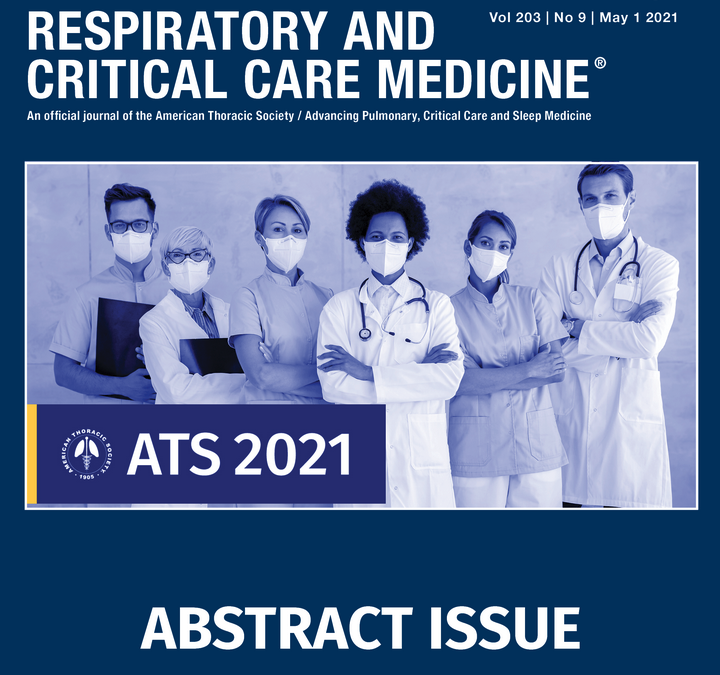The following is a summary of a thematic poster presentation conducted by our team for the American Thoracic Society 2021 International Conference, which took place May 14-19, 2021. For more information, visit https://www.atsjournals.org/doi/abs/10.1164/ajrccm-conference.2021.203.1_MeetingAbstracts.A2757.
Predicting Readiness to Liberate from Mechanical Ventilation Using Machine Learning: Development and Retrospective Validation
P. Tandon1, F. Cheng2, S. N. Cheetirala2, P. Parchure2, M. Levin3, A. Kia2; 1Pulmonary, Critical Care and SleepMedicine, Icahn School of Medicine at Mount Sinai, New York, NY, United States, 2Institute for Healthcare DeliveryScience, Icahn School of Medicine at Mount Sinai, New York, NY, United States, 3Anesthesiology, Perioperative &Pain Medicine, Icahn School of Medicine at Mount Sinai, New York, NY, United States.
Corresponding author’s email: ptandon0@gmail.com
RATIONALE: Deciding when to liberate a patient from mechanical ventilation is critical; however, there is no gold-standard readiness test. Despite routine use of breathing trials and clinical predictors, such as the Rapid ShallowBreathing Index (RSBI), many patients fail extubation. However, clinicians also underestimate readiness forventilator liberation, and many patients who self-extubate never require reintubation. A machine learning modelwas developed to help clinicians identify patients ready to liberate from the ventilator. METHODS: All patientsundergoing endotracheal extubation from 6/2011-6/2019 in a medical ICU at a quaternary medical center,excluding palliative extubation, were labeled as successful extubation or reintubation at 72 hours. The cohortwas split 80/20 into distinct training and validation sets. Successful extubations were undersampled in thetraining set to balance classes. Clinical data were collected from hospital admission to 1 hour before extubation.For time-series variables, sampling window and frequency were determined based on visual inspection of datadistribution between groups. Variables were excluded if the median cosine similarity was >0.98 between groups.A random forest model was fit on the training data, using 10-fold cross-validation for hyperparameter tuning.Performance was evaluated on the separate validation set, RSBI was also calculated for comparison. Featureimportance was calculated using the Gini Coefficient. Modeling was done in Scala (v2.11.8) with ApacheSpark/MLlib (v2.3.0). RESULTS: In total, 2189 patients with 2615 extubations were identified. 2300 extubations(88%) were successful. 1840 extubations were randomized into the training set and 552 were retained for thevalidation set. After undersampling, 553 extubations remained in the training set. Reintubation rate was 12% inthe overall cohort and 11.4% in the validation set. After cosine-similarity filtering, 34 variables with 280 featureswere included. Model performance showed AUC 0.96 in the training set, AUC 0.75 in the separate validation set.In contrast, the RSBI had an AUC of 0.54. F1 score was optimal at threshold 0.45 – at this threshold,Precision/PPV was 89.5%, NPV was 50.6%. Sensitivity/Recall was 98.2%, Specificity 13.8%, F1 0.94, andAccuracy 0.88. The five most predictive variables were: Breath Sounds, Level of Consciousness, RespiratoryRate, PaO2/FiO2 Ratio, and Sputum Consistency. CONCLUSION: A machine learning model using routinelycollected clinical data can accurately identify patients who are ready to liberate from the ventilator with highpositive and negative predictive values, with performance superior to traditional weaning predictors. Additionalprospective validation will be required to evaluate utility in facilitating early extubation.


